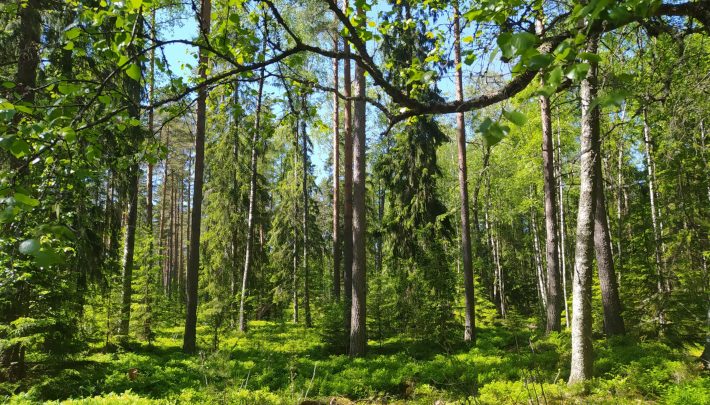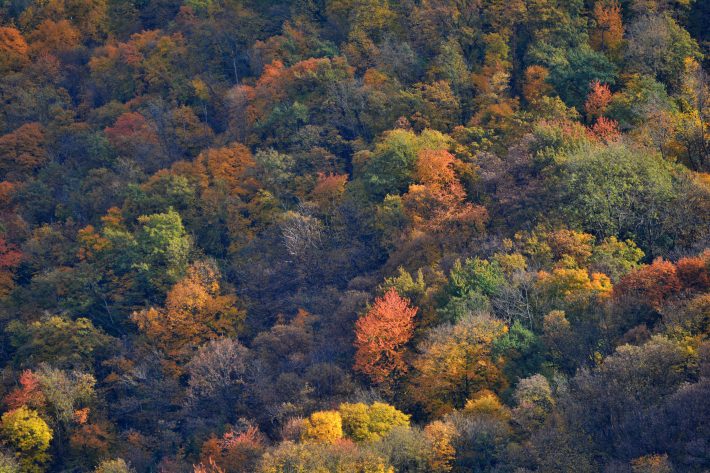Diverse forests are best at standing up to storms
European forests with a greater diversity of tree species are more resilient to storms, according to new research published in Functional Ecology.

A new study by researchers at the French National Research Institute for Agriculture, Food and Environment (INRAE) reveals that in Europe, the forests that are most resilient to storms are those with a greater diversity of tree species and dominated by slow growing species with high wood density, like oaks.
The researchers also found that the positive effect of tree diversity on resistance to storms was more pronounced under extreme climatic conditions, such as the hot-dry conditions of the Mediterranean region and the cold-wet conditions of northern Scandinavia.
Our study argues for forest management practices that promote diversity and slow growing tree species such as oak
In recent decades, Europe has experienced more frequent and severe windstorms and these are now reported to be main disturbance agent for forests, both in terms of area and timber volume. Not only does this put timber production at risk but also other ecosystem services that forests provide, such as habitat and carbon storage.
The researchers say their findings can aid in predicting the impact of increased storm frequency and intensity on forests and point to how we can make forests more resilient.

Dr Julien Barrere, researcher at INRAE and lead author of the study said: “An important takeaway from our study is that monocultures of fast growing species such as pine, although valuable from an economic point of view, are more susceptible to storm damage. In a context of increasing storm losses across the continent, our study therefore argues for forest management practices that promote diversity and slow growing tree species such as oak.”
Modelling the impact of storms
In the study, the researchers created a model to simulate the dynamics of hundreds of forests after a storm, calibrating the model with data from 91,528 real-life forest plots in Spain, France, Germany, Sweden and Finland. “Our simulated forests varied in both climate conditions, ranging from Mediterranean to Boreal, and in composition, i.e. in tree species diversity and identity.” explained Dr Barrere. “This allowed us to quantify the relationship between forest composition and resilience to storm disturbance, and how this relationship changes along the European climatic gradient.”
The researchers caution that because this is a modelling study, field work is still needed to support the findings. Dr Barrere said: “Although modelling studies like ours are essential for drawing conclusions about forest dynamics due to the long timescales in nature, the results must be interpreted with a clear understanding of the model hypotheses and complemented by field studies.”
The researchers call for future studies to look at forest resilience over longer time scales with multiple disturbance events, rather than just single storms. Dr Barrere added: “This study focuses on the response of European forests to a single storm event. While this is a necessary first step, the current context advocates for studies that focus on the resilience of forests to disturbance regimes rather than single disturbances.”
Read the full study here
M., & Kunstler, G. (2024). Forest storm resilience depends on the interplay between functional composition and climate Insights from European-scale simulations.
Functional Ecology, 00, 1–17. https://doi.org/10.1111/1365-2435.14489
Like what we stand for?
Support our mission and help develop the next generation of ecologists by donating to the British Ecological Society.